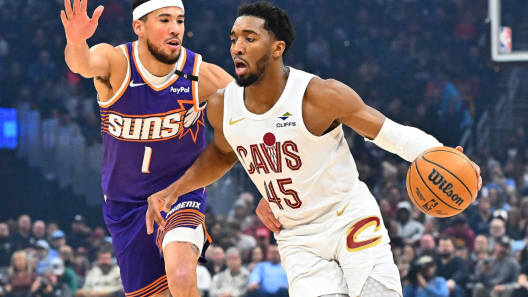
No Small Bets Allowed: Why Casual Gamblers Are Skipping Vegas
After decades of being the world’s gambling mecca, Las Vegas is seeing a significant decline in visitor rates. However, while overall tourist numbers, hotel occupancy, retail, and food and beverage casino revenues are down, casino gaming revenues seem to remain steady. Is this a good sign for the gambling scene in Las Vegas? Not necessarily. While high-end gamblers are still coming to the Strip and Downtown casinos to spend money, casual gamblers are staying away from Sin City.
All Indicators are Red
According to research done by the Las Vegas Convention and Visitors Authority (LVCVA), visitor volume dropped in August by 6.7% year-on-year. Looking at year-to-date visitors since January, the drop was even higher, at 7.8%, meaning over two million fewer tourists came to Las Vegas so far this year, compared to the same period in 2024. Year-to-date hotel occupancy and airport passenger traffic are down 3.0% and 4.6%, respectively.
Gaming Revenues Buck the Trend
Surprisingly, while visitor numbers in both the Las Vegas Strip and Downtown areas are sharply declining, gross casino gambling revenues remain steady and even show an increase. Looking at year-on-year figures for August, revenues of casinos in the Las Vegas Boulevard area (i.e., the Strip) are up by 5.5%, while revenues of Downtown casinos are up 8.3%. Does that mean that Vegas casinos are going strong and are here to stay? How can this be the case if there are two million fewer potential gamblers walking through their doors so far this year?
A Deeper Dive into the Numbers
An initial look at Las Vegas’s casino gaming revenues paints a positive picture, but when looking into the numbers a bit further, things still look ok, but nowhere near as bright. While August was a relatively strong month, year-to-date gaming revenues across all of Clark County were a modest 1.2%, translating to $8.97 billion and $8.87 billion in YTD numbers for 2025 and 2024, respectively. A growth of just over $1 million, which is by no means enough to sustain the local economy.
Flatlined Revenues Overall
Strip casinos flatlined, showing YTD growth of less than 1%. Downtown and Boulder City casinos, which cater more to locals and casual gamblers due to lower table limits and modest prices, showed growth of 1.7% and 3.2%, respectively. However, it is important to keep in mind that while Strip casinos generated YTD revenues of $5.7 billion, casinos in the other two areas made revenues in the $600 million range.
Missing the Tourist Gambler Trick
Although casino gaming revenues in Las Vegas haven’t been declining in correlation with visitor and occupancy rates, they are still nowhere near what they need to be, or could potentially be, had the city’s casinos been more accommodating to the masses of tourists. These tourists bring a windfall of casual gamblers, who, although they spend less money at the tables and slot machines, come in large masses.
While there are many reasons for the economic downturn, one way businesses deal with it is by raising prices, which is what many casinos in Las Vegas do. While blackjack tables on the Strip used to offer $5 or $10 minimums, it’s now common to see $25, $50, or even higher table minimums.
Add to that fewer dealers and service staff, increasing prices of hotel rooms, skyrocketing costs of shows and activities, and sky-high prices of food, beverages.
Beyond the high costs, many tourists feel they are being mistreated, pressured to pay tips everywhere, being hit by resort fees upon checkout, and even needing to pay for coffee at five-star resorts, compared to complimentary coffee served in hotels elsewhere.
Protecting revenues in the short term by raising prices of slot and table minimums, as well as jacking up all other costs, brings long-term harm of alienating casual gamblers, who traditionally served as the backbone of Las Vegas tourism and economy.
Written by Shmulik Segal CEO Media Troopers











